
Nagasaki: A City of Resilience and Culture
Discover Nagasaki: A harmonious blend of history, culture, and natural beauty on Japan's enchanting Kyushu island.
Nagasaki, a city on the island of Kyushu in Japan, is a place where history, culture, and natural beauty intertwine. Known for its tragic past, Nagasaki has transformed into a vibrant city that offers a unique blend of Western and Japanese influences. The city is a testament to resilience, having rebuilt itself after the devastation of the atomic bomb in 1945. Today, it stands as a beacon of peace and a reminder of the importance of harmony and understanding among nations. One of the must-visit spots in Nagasaki is the Peace Park, which commemorates the victims of the atomic bomb. The park is a serene place filled with sculptures and monuments dedicated to peace and hope. Nearby, the Atomic Bomb Museum provides a sobering yet educational experience, detailing the events of that fateful day and the subsequent efforts towards nuclear disarmament. Nagasaki is also famous for its rich cultural heritage. Glover Garden is a beautiful open-air museum that showcases Western-style mansions from the Meiji era, offering stunning views of the city and the harbor. The Oura Church, Japan's oldest wooden church, is another historical gem that reflects the city's multicultural past. Additionally, Nagasaki’s Chinatown, the oldest in Japan, is a vibrant area brimming with delicious food and unique shops. Nature lovers will find Nagasaki equally enchanting. The city is surrounded by lush hills and scenic coastlines. Mount Inasa offers breathtaking panoramic views of Nagasaki, especially at night when the city lights up. For a more relaxing experience, the hot springs in the Unzen area provide a perfect getaway, with their soothing waters and picturesque landscapes. Nagasaki is a city that has something for everyone. Whether you're a history buff, a culture enthusiast, or simply someone looking to explore new places, Nagasaki promises an unforgettable experience.
Local tips in Nagasaki
- Visit the Peace Park early in the morning to avoid crowds and enjoy a peaceful atmosphere.
- Try the local specialty, champon, a hearty noodle dish influenced by Chinese cuisine.
- Take the ropeway to Mount Inasa in the evening for stunning night views of the city.
- Wear comfortable shoes as Nagasaki's hilly terrain can be challenging to navigate.
- Purchase a Nagasaki City Tram One-Day Pass for convenient and cost-effective travel around the city.
- Check the local calendar for festivals like the Nagasaki Kunchi, a vibrant autumn celebration with dance and music.
Nagasaki: A City of Resilience and Culture
Nagasaki, a city on the island of Kyushu in Japan, is a place where history, culture, and natural beauty intertwine. Known for its tragic past, Nagasaki has transformed into a vibrant city that offers a unique blend of Western and Japanese influences. The city is a testament to resilience, having rebuilt itself after the devastation of the atomic bomb in 1945. Today, it stands as a beacon of peace and a reminder of the importance of harmony and understanding among nations. One of the must-visit spots in Nagasaki is the Peace Park, which commemorates the victims of the atomic bomb. The park is a serene place filled with sculptures and monuments dedicated to peace and hope. Nearby, the Atomic Bomb Museum provides a sobering yet educational experience, detailing the events of that fateful day and the subsequent efforts towards nuclear disarmament. Nagasaki is also famous for its rich cultural heritage. Glover Garden is a beautiful open-air museum that showcases Western-style mansions from the Meiji era, offering stunning views of the city and the harbor. The Oura Church, Japan's oldest wooden church, is another historical gem that reflects the city's multicultural past. Additionally, Nagasaki’s Chinatown, the oldest in Japan, is a vibrant area brimming with delicious food and unique shops. Nature lovers will find Nagasaki equally enchanting. The city is surrounded by lush hills and scenic coastlines. Mount Inasa offers breathtaking panoramic views of Nagasaki, especially at night when the city lights up. For a more relaxing experience, the hot springs in the Unzen area provide a perfect getaway, with their soothing waters and picturesque landscapes. Nagasaki is a city that has something for everyone. Whether you're a history buff, a culture enthusiast, or simply someone looking to explore new places, Nagasaki promises an unforgettable experience.
When is the best time to go to Nagasaki?
Iconic landmarks you can’t miss
Nagasaki Shinchi Chinatown
Explore the rich cultural heritage of Nagasaki Shinchi Chinatown, where vibrant streets, delicious food, and unique shopping await.

Peace Statue
Explore Nagasaki's Peace Statue, a powerful symbol of hope and remembrance, nestled in a serene park dedicated to peace and reconciliation.
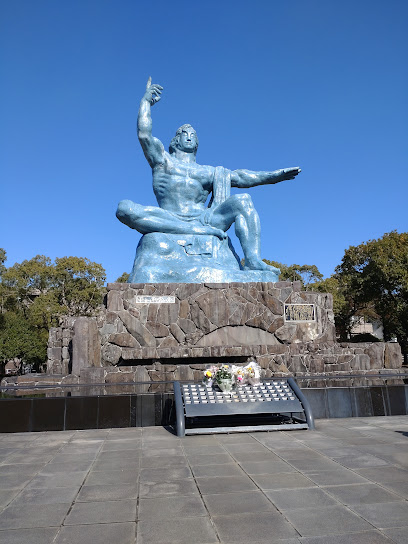
Dutch Slope
Explore Dutch Slope, Nagasaki's historical landmark featuring stunning architecture, lush gardens, and breathtaking harbor views.
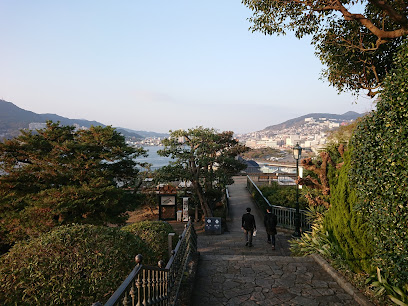
Hilton Nagasaki
Discover unparalleled luxury and elegance at Hilton Nagasaki, your perfect retreat in the heart of this historic city.
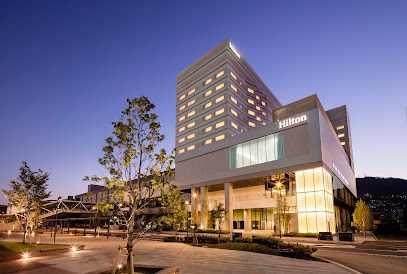
Fountain of Peace
Discover the Fountain of Peace in Nagasaki, a moving tribute to resilience and a powerful reminder of the importance of peace in our world.
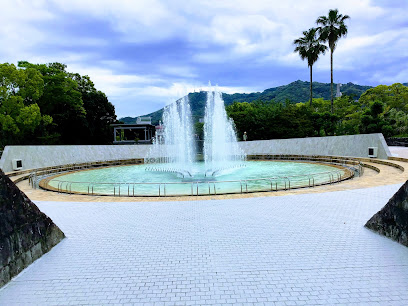
Urakami Cathedral Wall Remnant
Discover the Urakami Cathedral Wall Remnant, a historical landmark in Nagasaki symbolizing resilience and peace after devastation.
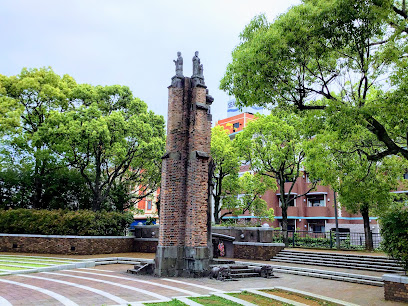
Nagasaki Peace Bell
Experience the serenity of the Nagasaki Peace Bell, a powerful symbol of hope and a call for peace in a historically rich setting.
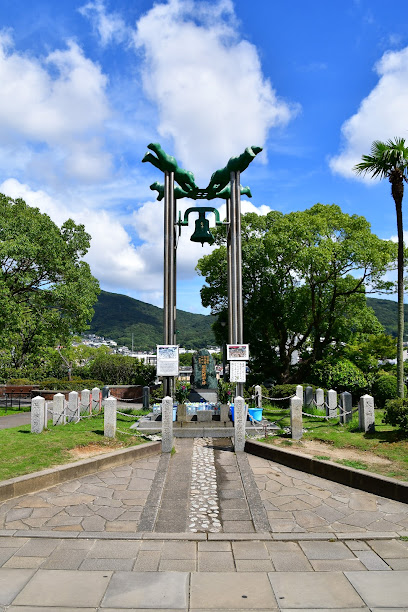
Unmissable attractions to see
Peace Park Nagasaki
Discover the serene beauty of Peace Park in Nagasaki, a memorial dedicated to hope and reconciliation amidst a lush landscape of remembrance.

Kujukushima Pearl Sea Resort
Explore the breathtaking Kujukushima Pearl Sea Resort in Sasebo, Nagasaki, where stunning islands and vibrant marine life await your discovery.

UMIKIRARA
Discover the wonders of the ocean at UMKIRARA, Sasebo's premier aquarium, where marine life comes alive in an immersive experience for all ages.

Nagasaki Penguin Aquarium
Experience the wonder of marine life at Nagasaki Penguin Aquarium, where playful penguins and captivating aquatic exhibits await you.
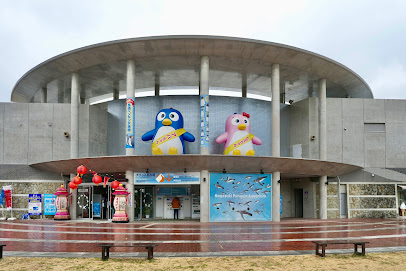
Nagasaki Seaside Park
Explore the stunning Nagasaki Seaside Park, a coastal gem filled with art, nature, and breathtaking ocean views.

JMSDF Sasebo Museum Sail Tower
Explore Japan's naval history and maritime innovations at the JMSDF Sasebo Museum Sail Tower, a captivating heritage museum in Nagasaki.
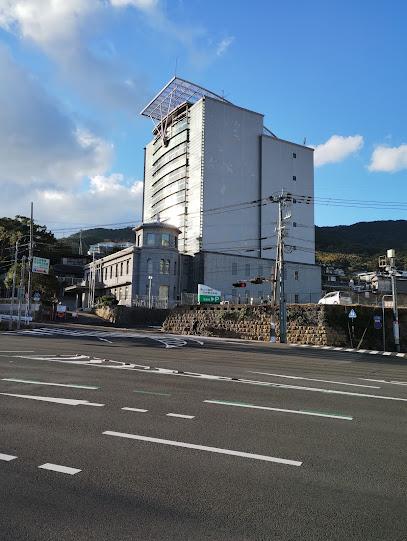
Kujukushima Zoo & Botanical Gardens Mori Kirara
Explore the enchanting Kujukushima Zoo & Botanical Gardens Mori Kirara, where wildlife meets botanical beauty in Sasebo, Nagasaki.
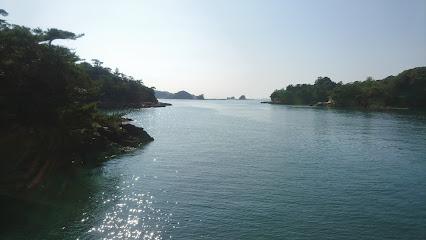
Ninety-nine Island Cruise
Experience the breathtaking beauty of the Ninety-nine Islands with a scenic cruise in Sasebo, Nagasaki - a paradise for nature lovers and adventure seekers.
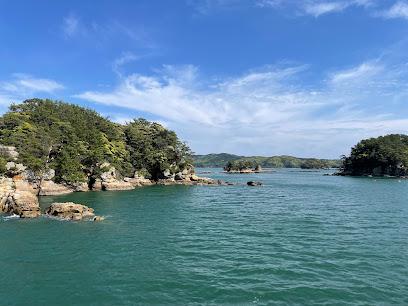
Mt. Nabekanmuri Park
Experience the tranquility and stunning views of Mt. Nabekanmuri Park, a serene oasis in Nagasaki offering nature, culture, and breathtaking landscapes.
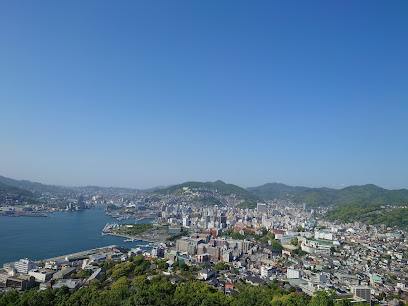
Fuchi Shrine Station (Nagasaki Ropeway)
Discover the breathtaking views and cultural richness at Fuchi Shrine Station, a mountain cable car attraction in Nagasaki.
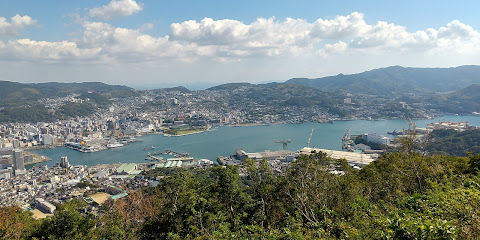
Aguri Hill
Discover Aguri Hill in Nagasaki: A thrilling blend of amusement and nature for families and adventure seekers alike.
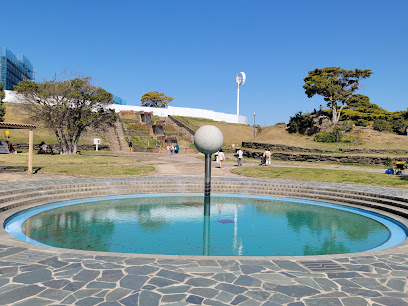
Sofuku-ji
Discover the serene beauty of Sofuku-ji, a unique Buddhist temple in Nagasaki blending Chinese and Japanese architectural styles.

Kujukushima Tourist Park
Explore the breathtaking views and tranquil beauty of Kujukushima Tourist Park in Sasebo, Nagasaki—an ideal destination for nature lovers and adventure seekers.
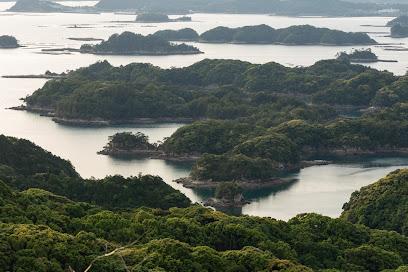
Nagasaki Nomozaki Dinosaur Park
Experience the thrill of ancient giants at Nagasaki Nomozaki Dinosaur Park, a captivating destination for families and dinosaur lovers.
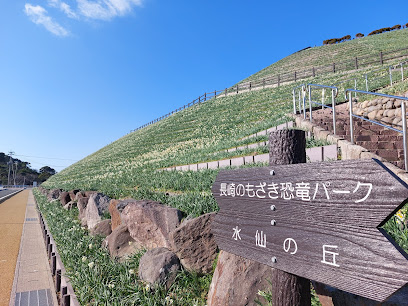
Tateyama Park
Explore Tateyama Park: A serene oasis in Nagasaki with stunning views, beautiful gardens, and a rich cultural heritage.
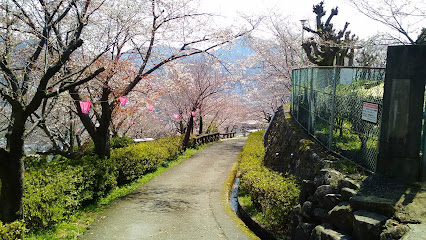
Essential places to dine
Yossou
Discover the essence of Japanese cuisine at Yossou in Nagasaki—where tradition meets innovation in every exquisite dish.
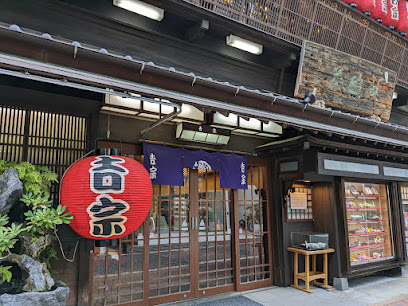
Shikairou Chinese Restaurant
Experience the rich flavors of authentic Chinese cuisine at Shikairou Restaurant in Nagasaki - where tradition meets modern taste.
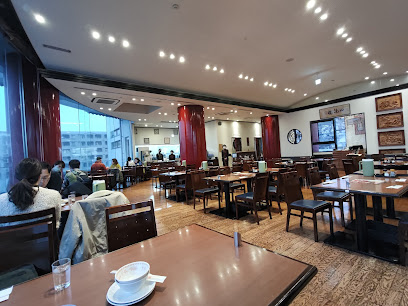
Ramen Hiiragi
Discover authentic Japanese ramen at Ramen Hiiragi in Nagasaki - a must-visit destination for food lovers seeking rich flavors.
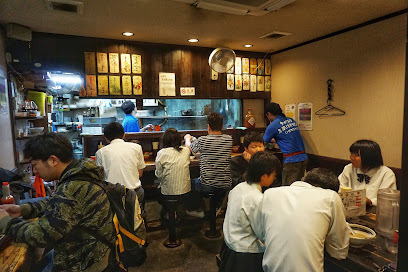
Nagasaki Dejima Wharf
Explore Nagasaki Dejima Wharf: A historic waterfront destination blending culture, cuisine, and stunning views in Japan's captivating port city.
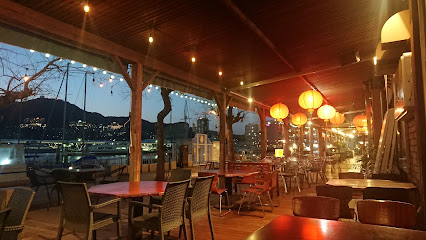
Horaiken
Experience authentic Chinese cuisine at Horaiken in Nagasaki, where traditional flavors meet local ingredients for an unforgettable dining adventure.
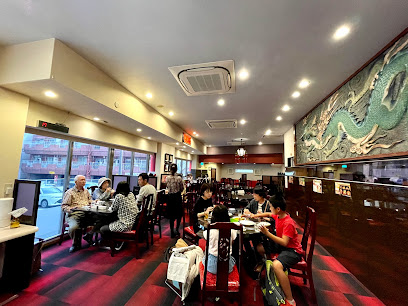
Yoshinoya
Discover authentic Japanese cuisine at Yoshinoya in Nagasaki - home of delicious gyudon and fast meals perfect for every traveler.
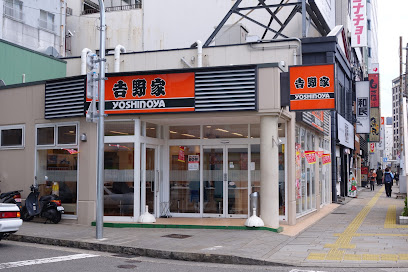
Menya Always
Experience authentic Japanese cuisine at Menya Always - home to unique lemon ramen and delightful noodle dishes in Nagasaki.
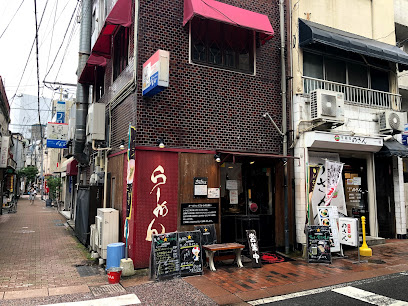
Nagasaki Shippoku Hamakatsu
Discover the flavors of Nagasaki at Shippoku Hamakatsu – where traditional Japanese cuisine meets regional specialties.
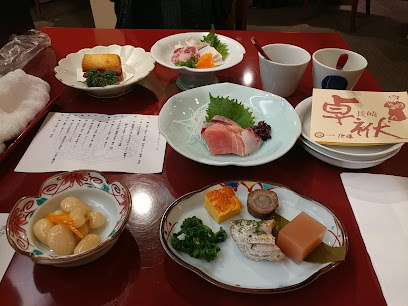
Starbucks Coffee - Amu Plaza Nagasaki Honkan 1F shop
Experience the inviting ambiance of Starbucks Coffee at Amu Plaza Nagasaki – where comfort meets culture in every cup.
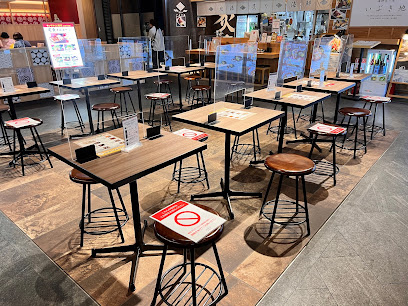
Osakaya Hamanomachi
Experience top-tier Yakiniku at Osakaya Hamanomachi in Nagasaki—where quality meets tradition in every grilled bite.

Kagetsu
Experience the elegance of traditional Japanese dining at Kagetsu, where exquisite flavors meet cultural heritage in the heart of Nagasaki.
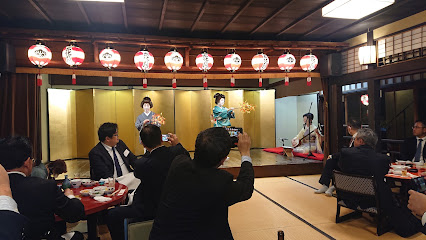
Japanese YoHira
Experience the essence of Japan at Japanese YoHira - Authentic kaiseki and teppanyaki dining in Nagasaki.
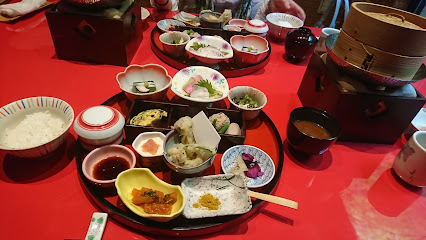
Veggie Cafe Bar Nobister
Discover the best vegetarian cuisine at Veggie Cafe Bar Nobister in Nagasaki, where fresh ingredients meet innovative flavors.
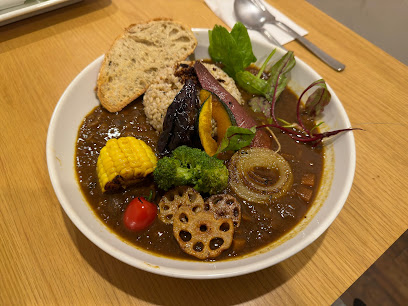
Yubatotofunomiseumenohana Merukanagasakiten
Discover the artistry of Japanese cuisine at Yubatotofunomiseumenohana Merukanagasakiten - where tradition meets flavor in every dish.
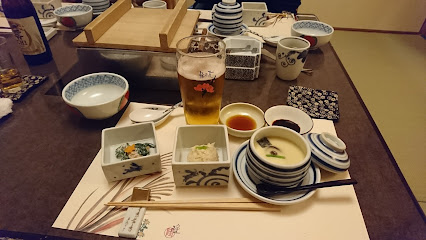
Mos Burger Nagasaki Hamanomachi
Discover the delightful fusion of Japanese flavors and classic hamburgers at Mos Burger Nagasaki Hamanomachi, where every bite tells a story.
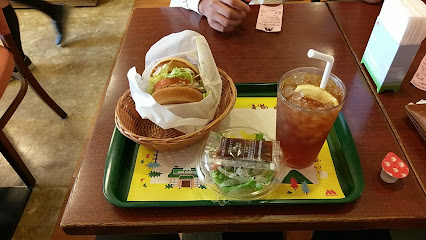
Markets, malls and hidden boutiques
Amu Plaza Nagasaki
Discover the vibrant shopping and dining experience at Amu Plaza Nagasaki, where tradition meets modernity in Japan's charming city.
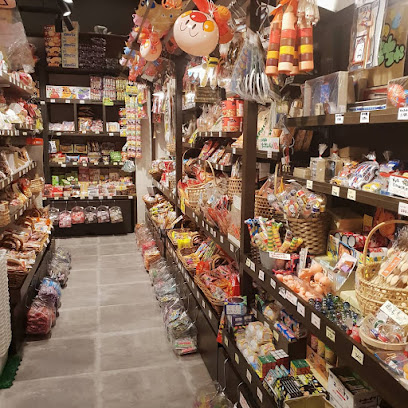
Youme Town Yumesaito
Explore Youme Town Yumesaito, a premier shopping mall in Nagasaki offering diverse shops and delicious dining experiences for every traveler.
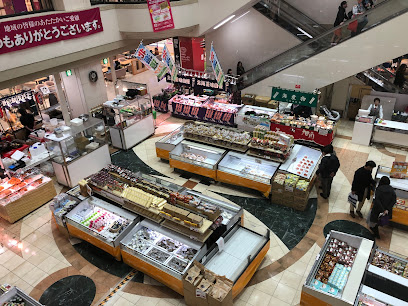
MIRAI NAGASAKI COCOWALK
Discover the heart of Nagasaki at MIRAI NAGASAKI COCOWALK, where shopping, dining, and culture come together.
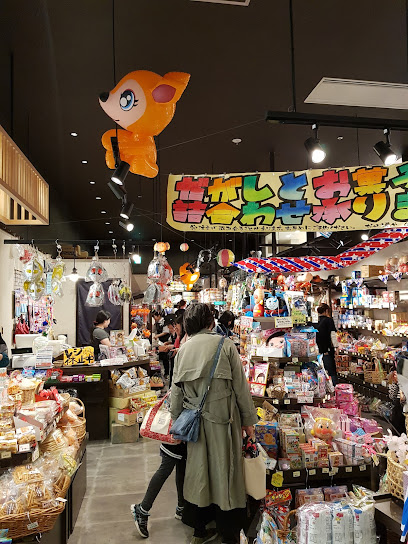
Hamaya
Explore the vibrant shopping experience at Hamaya in Nagasaki, featuring local delicacies, unique souvenirs, and a taste of Japanese culture.
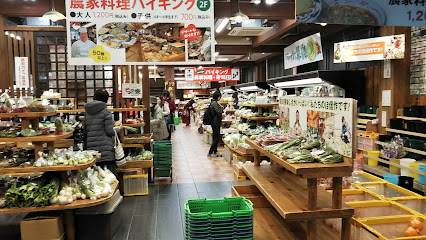
Don Quijote Hamanomachi
Discover the eclectic charm of Don Quijote Hamanomachi, a vibrant discount store in Nagasaki, offering everything from beauty supplies to unique souvenirs.
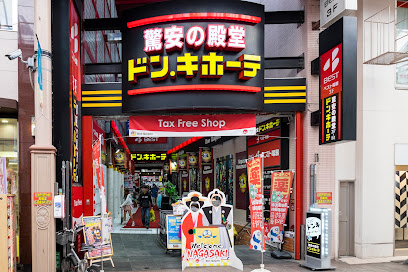
ハンズ長崎店
Discover unique finds and local treasures at Hands Nagasaki, the ultimate variety store for tourists seeking memorable souvenirs and gifts.
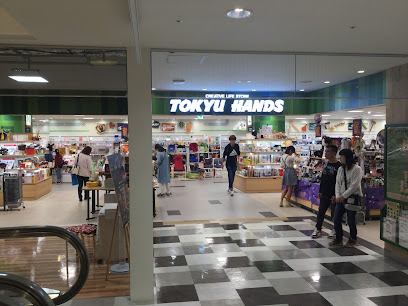
Hama Cross 411
Discover a shopping haven at Hama Cross 411, where local charm meets international style in the heart of Nagasaki.
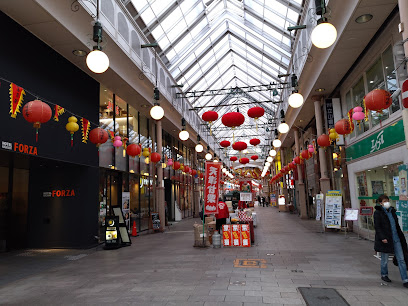
Aeon Nagasaki shop
Explore the Aeon Nagasaki shop for a delightful blend of local and international flavors in the heart of Nagasaki.
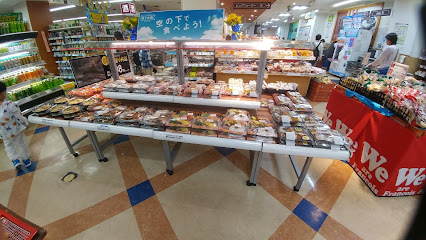
Ishimaru Bunkoudou Flagship store
Explore the enchanting world of stationery and gifts at Ishimaru Bunkoudou Flagship Store in Nagasaki, where creativity meets culture.
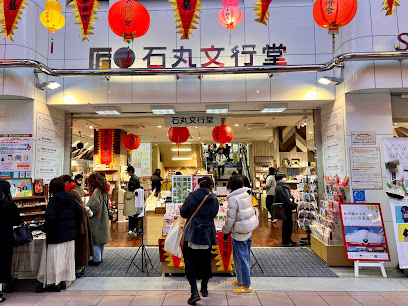
Animate Nagasaki
Explore the vibrant world of manga and anime at Animate Nagasaki, where pop culture comes alive in every corner.
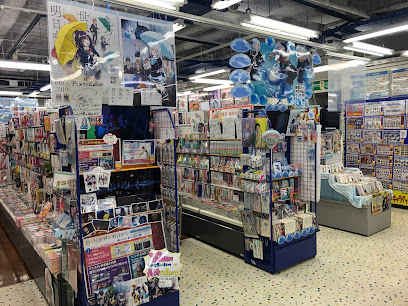
TSUTAYA BOOKSTORE MIRAI NAGASAKI COCOWALK
Explore Tsutaya Bookstore in Nagasaki: A cultural treasure trove of books, music, and stationery within the Cocowalk complex.
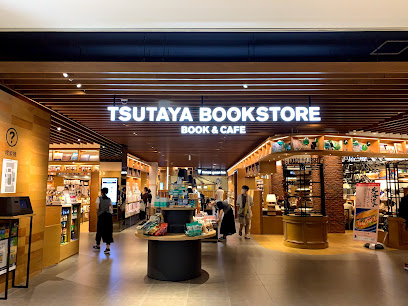
Village Vanguard Mirai Nagasaki Cocowalk Shop
Explore the whimsical world of Village Vanguard Mirai Nagasaki Cocowalk Shop, where books, fashion, and unique gifts converge in a vibrant shopping experience.
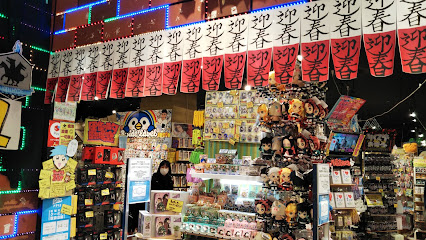
長崎の猫雑貨 nagasaki-no neco
Explore the whimsical world of cats at 長崎の猫雑貨, a charming variety store in Nagasaki showcasing unique cat-themed goods and local art.
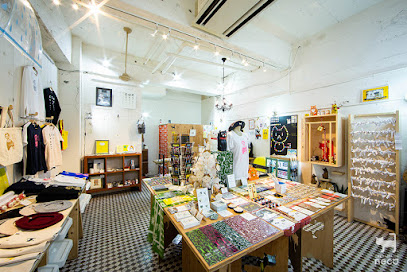
Tatematsuru
Discover the charm of Nagasaki at Tatematsuru, where local culture meets unique craftsmanship in a delightful general store experience.
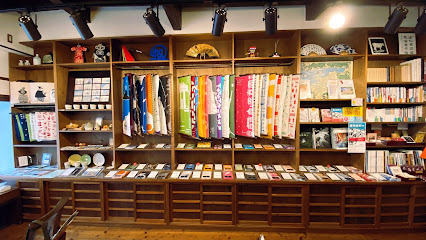
Sekandosutoritonagasakihamamachiten
Discover unique second-hand clothing and fashionable accessories at Sekandosutoritonagasakihamamachiten in Nagasaki's vibrant Hamamachi district.
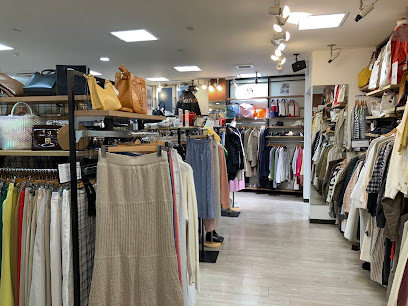
Essential bars & hidden hideouts
LOCAL
Discover LOCAL, the heart of Nagasaki's nightlife, where creative cocktails meet a welcoming atmosphere for an unforgettable evening.
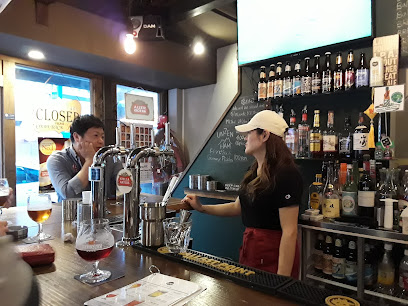
Bar Nagare
Discover the vibrant nightlife of Nagasaki at Bar Nagare, where an eclectic drink menu and warm ambiance await you.
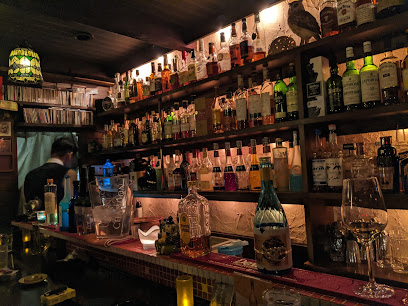
Bar IWI
Discover the lively nightlife of Nagasaki at Bar IWI, a vibrant bar offering an extensive drink menu and a welcoming atmosphere for all.
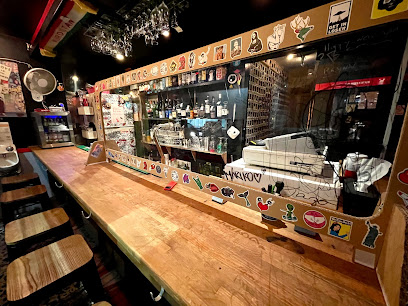
Agio Bar&Cafe アージョ
Experience the vibrant nightlife of Nagasaki at Agio Bar&Cafe, where cozy ambiance meets expertly crafted cocktails in a lively setting.
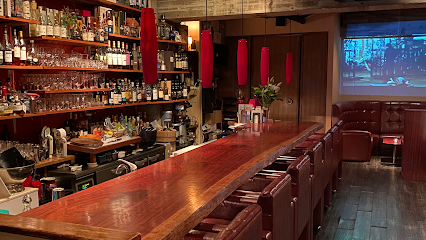
IRISH PUB TEMPLEBAR
Discover the lively atmosphere of Irish Pub Templebar in Nagasaki, where authentic food and drinks meet the warmth of Irish hospitality.
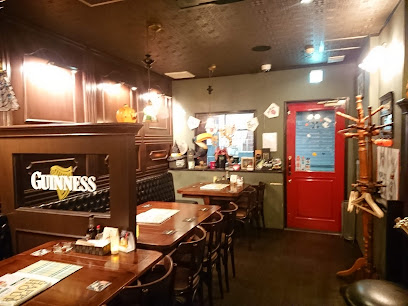
Panic Paradise
Discover the retro charm and vibrant nightlife of Panic Paradise, a unique bar in Nagasaki offering eclectic drinks and an inviting atmosphere.
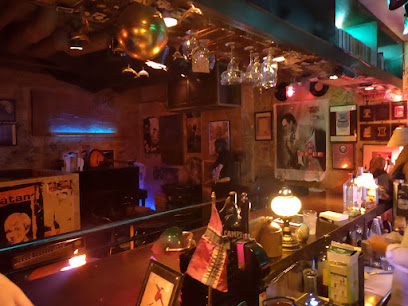
Victor
Discover Victor, Nagasaki's enchanting cocktail bar, offering a unique blend of expertly crafted drinks and vibrant nightlife in the heart of the city.
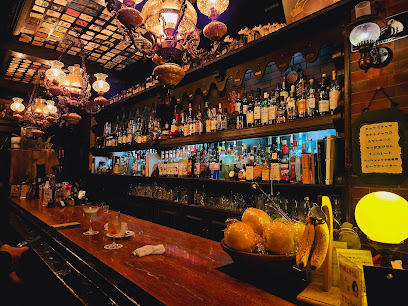
bar 三浦
Discover the lively nightlife of Nagasaki at Bar 三浦, where exquisite drinks and a vibrant atmosphere await every visitor.
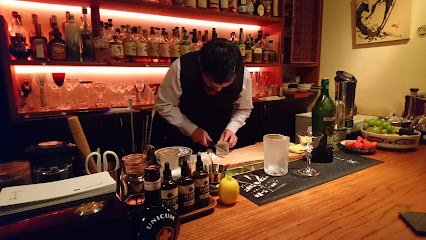
ランプライター
Experience the vibrant nightlife at ランプライター in Nagasaki, where local culture meets a welcoming atmosphere and exquisite drinks await.
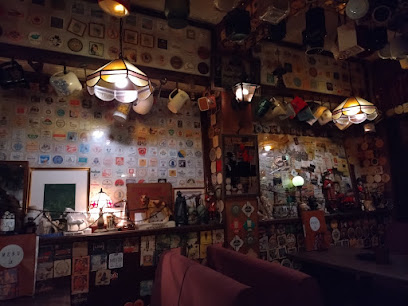
バーグランダッド
Experience the vibrant cocktail culture at バーグランダッド, a cozy bar in Nagasaki known for its innovative drinks and lively atmosphere.
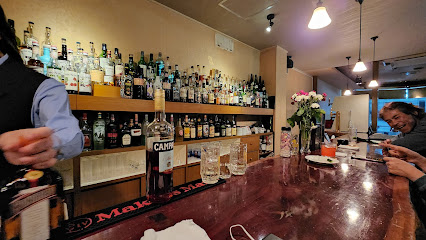
IRISH PUB NAGASAKI
Discover the vibrant Irish Pub Nagasaki, where traditional cuisine meets a warm, welcoming atmosphere in the heart of Japan.
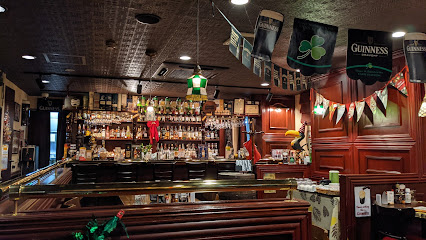
バンテアン Cafe & Bar Vingt et Un
Discover the vibrant nightlife of Nagasaki at バンテアン Cafe & Bar Vingt et Un, a charming bar blending style and warmth.
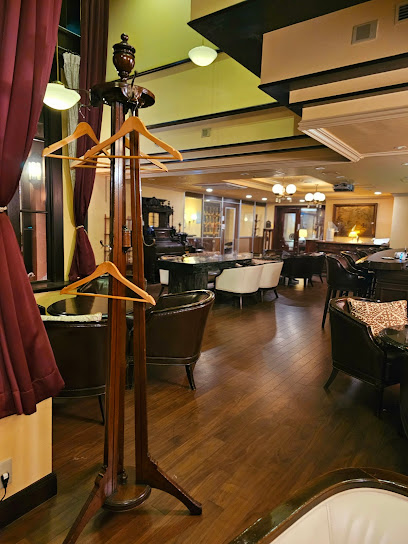
アーカイヴ
Unwind at アーカイヴ, a lively bar in Nagasaki offering a diverse drink selection and a cozy atmosphere perfect for tourists.
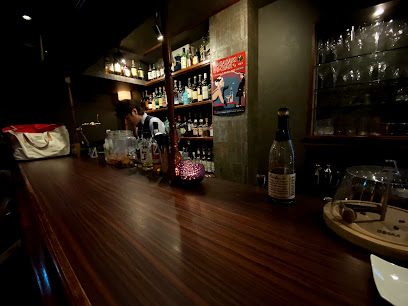
サカエバー sakae bar
Discover the lively ambiance of Sakae Bar in Nagasaki, a prime spot for nightlife lovers looking to unwind and enjoy local drinks.
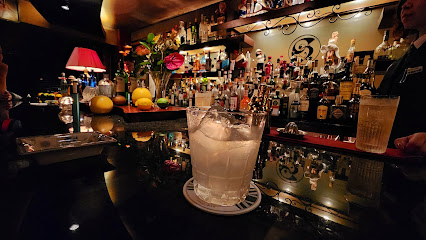
bar ibex
Experience the vibrant nightlife of Nagasaki at Bar Ibex – your ultimate destination for dancing, darts, and karaoke!
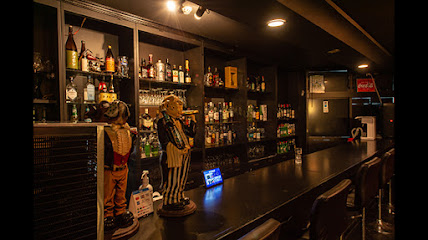
Local Phrases about Nagasaki
-
- Helloこんにちは
[Konnichiwa] - Goodbyeさようなら
[Sayōnara] - Yesはい
[Hai] - Noいいえ
[Īe] - Please/You're welcomeどうぞ
[Dōzo] - Thank youありがとうございます
[Arigatōgozaimasu] - Excuse me/Sorryすみません
[Sumimasen] - How are you?お元気ですか?
[Ogenki desu ka?] - Fine. And you?元気です。あなたは?
[Genki desu. Anata wa?] - Do you speak English?英語を話せますか?
[Eigo o hanasemasu ka?] - I don't understandわかりません
[Wakarimasen]
- Helloこんにちは
-
- I'd like to see the menu, pleaseメニューを見せていただきたいです
[Menyū o miseteitadakitai desu] - I don't eat meat肉を食べません
[Niku o tabemasen] - Cheers!乾杯!
[Kanpai!] - I would like to pay, pleaseお会計をお願いします
[Okaikei o onegaishimasu]
- I'd like to see the menu, pleaseメニューを見せていただきたいです
-
- Help!助けて!
[Tasukete!] - Go away!行ってください!
[Itte kudasai!] - Call the Police!警察を呼んで!
[Keisatsu o yonde!] - Call a doctor!医者を呼んで!
[Isha o yonde!] - I'm lost道に迷いました
[Michi ni mayoimashita] - I'm ill具合が悪いです
[Guai ga warui desu]
- Help!助けて!
-
- I'd like to buy...買いたいです...
[Kaitai desu...] - I'm just lookingただ見ています
[Tada miteimasu] - How much is it?いくらですか?
[Ikura desu ka?] - That's too expensiveそれは高すぎます
[Sore wa takasugimasu] - Can you lower the price?値段を下げてもらえますか?
[Nedan o sagetemoraemasu ka?]
- I'd like to buy...買いたいです...
-
- What time is it?今何時ですか?
[Ima nanji desu ka?] - It's one o'clock一時です
[Ichiji desu] - Half past (10)10時半です
[Jūji han desu] - Morning朝
[Asa] - Afternoon午後
[Gogo] - Evening夕方
[Yūgata] - Yesterday昨日
[Kinō] - Today今日
[Kyō] - Tomorrow明日
[Ashita] - 1一
[Ichi] - 2二
[Ni] - 3三
[San] - 4四
[Yon] - 5五
[Go] - 6六
[Roku] - 7七
[Nana] - 8八
[Hachi] - 9九
[Kyū] - 10十
[Jū]
- What time is it?今何時ですか?
-
- Where's a/the...?...はどこですか?
[...wa doko desu ka?] - What's the address?住所は何ですか?
[Jūsho wa nan desu ka?] - Can you show me (on the map)?地図で見せてもらえますか?
[Chizu de misetemoraemasu ka?] - When's the next (bus)?次の(バス)はいつですか?
[Tsugi no (basu) wa itsu desu ka?] - A ticket (to ....)(...への)チケットをください
[(...e no) Chiketto o kudasai]
- Where's a/the...?...はどこですか?
History of Nagasaki
-
In 1543, the Portuguese were the first Europeans to arrive in Japan, with Nagasaki serving as a key point of contact. This marked the beginning of the Nanban trade period, during which the Portuguese brought with them firearms, tobacco, and other Western goods. They also introduced Christianity, which had a significant impact on the cultural and religious landscape of Nagasaki.
-
In 1636, the Tokugawa shogunate established Dejima, an artificial island in Nagasaki's harbor, as an isolated trading post for the Dutch. As the only place in Japan open to Western trade during the Edo period, Dejima became a crucial gateway for the exchange of goods, knowledge, and culture between Japan and the rest of the world.
-
Following the banning of Christianity in the early 17th century, many Japanese Christians in Nagasaki went underground, practicing their faith in secret. Known as Kakure Kirishitan, or Hidden Christians, these individuals developed a unique blend of Christian and Japanese traditions to maintain their beliefs while avoiding persecution. Their legacy is still evident today in various sites and cultural practices around Nagasaki.
-
On August 9, 1945, Nagasaki was the target of the second atomic bombing by the United States during World War II. The bomb, known as 'Fat Man,' caused immense destruction and loss of life. The event led to Japan's surrender and the end of the war. Today, the Nagasaki Peace Park and Atomic Bomb Museum serve as somber reminders of the tragedy and as symbols of the city's commitment to peace and the abolition of nuclear weapons.
-
After the devastation of World War II, Nagasaki underwent a remarkable process of reconstruction and recovery. The city rebuilt its infrastructure, industries, and communities, becoming a symbol of resilience and renewal. Modern Nagasaki is a thriving city that honors its past while looking towards the future, with numerous memorials and museums dedicated to preserving the memory of its history.
-
Glover Garden is a historical park in Nagasaki that features Western-style residences from the Meiji period. Named after Thomas Blake Glover, a Scottish merchant who played a significant role in Japan's industrialization, the garden is a testament to the international influences that shaped modern Nagasaki. Glover's contributions to the introduction of Western technology and industry were instrumental in Japan's transition into a modern industrial nation.
-
The Nagasaki Lantern Festival is a vibrant annual event that celebrates the Chinese New Year. Originating from the Chinese community in Nagasaki, the festival features thousands of colorful lanterns, traditional performances, and cultural displays. It highlights the city's historical connections with China and its rich multicultural heritage.
Nagasaki Essentials
-
Nagasaki can be accessed by air, sea, and rail. The nearest airport is Nagasaki Airport (NGS), which offers both domestic and limited international flights. From the airport, you can take a bus or taxi to the city center. Alternatively, you can reach Nagasaki via the JR Kamome Limited Express train from Hakata Station in Fukuoka, which takes about 2 hours. There are also ferry services that connect Nagasaki to various ports in Kyushu and other regions.
-
Nagasaki has a well-developed public transportation system, including trains, trams, and buses. The Nagasaki Electric Tramway is a convenient way to travel within the city, with four main lines covering most tourist attractions. Buses are also available for reaching areas not covered by the tram. For more flexibility, taxis are widely available but can be more expensive. Renting a car is an option for exploring the surrounding areas, but be aware of Japan's left-hand driving and narrow roads.
-
The official currency in Japan is the Japanese Yen (JPY). Credit cards are widely accepted in Nagasaki, especially in hotels, restaurants, and larger shops. However, it is advisable to carry some cash, as smaller establishments and rural areas may not accept cards. ATMs are available throughout the city, with many offering international withdrawal services. Convenience stores like 7-Eleven and FamilyMart often have ATMs that accept foreign cards.
-
Nagasaki is generally a safe city with low crime rates. However, standard precautions should still be taken. Avoid walking alone at night in poorly lit areas and be mindful of your belongings in crowded places. Areas around Nagasaki Station and the shopping districts are usually safe but stay alert for pickpocketing. There are no specific high-crime areas targeting tourists, but always exercise caution.
-
In case of emergency, dial 119 for fire and ambulance services, and 110 for police assistance. English-speaking operators may not always be available, so it is helpful to have someone who speaks Japanese assist you. Nagasaki University Hospital and Nagasaki Medical Center are the main medical facilities in the city. It is also advisable to have travel insurance that covers medical emergencies. For minor health issues, pharmacies (薬局, yakkyoku) are widely available.
-
Fashion: Do dress conservatively, especially when visiting religious sites. Avoid overly casual or revealing clothing. Religion: Do respect local customs and traditions. When visiting temples and shrines, be sure to follow proper etiquette, such as bowing and washing your hands at the purification fountain. Public Transport: Do be respectful and quiet on public transport. Avoid talking loudly or making phone calls. Give up your seat to elderly passengers, pregnant women, and people with disabilities. Greetings: Do greet people with a slight bow or a nod. Handshakes are not as common but are becoming more accepted. Eating & Drinking: Do try local delicacies and be open to new experiences. Don’t eat or drink while walking in public places, as it is considered impolite.
-
To experience Nagasaki like a local, visit the local markets such as Hamano-machi Arcade for shopping and dining. Try the Nagasaki Champon and Sara Udon, local noodle dishes that are a must-try. Take a walk in Glover Garden for a glimpse of Nagasaki's history and beautiful views. Engage with locals in small talk; they are often friendly and willing to share insights about the city. Don’t miss the Nagasaki Lantern Festival if you're visiting in February, which offers a spectacular display of lights and cultural performances.
Nearby Cities to Nagasaki
-
Things To Do in Busan
-
Things To Do in Hiroshima
-
Things To Do in Ulsan
-
Things To Do in Jeju City
-
Things To Do in Suncheon
-
Things To Do in Gyeongju
-
Things To Do in Daegu
-
Things To Do in Pohang
-
Things To Do in Gwangju
-
Things To Do in Mokpo
-
Things To Do in Jeonju
-
Things To Do in Andong
-
Things To Do in Daejeon
-
Things To Do in Osaka
-
Things To Do in Suwon













